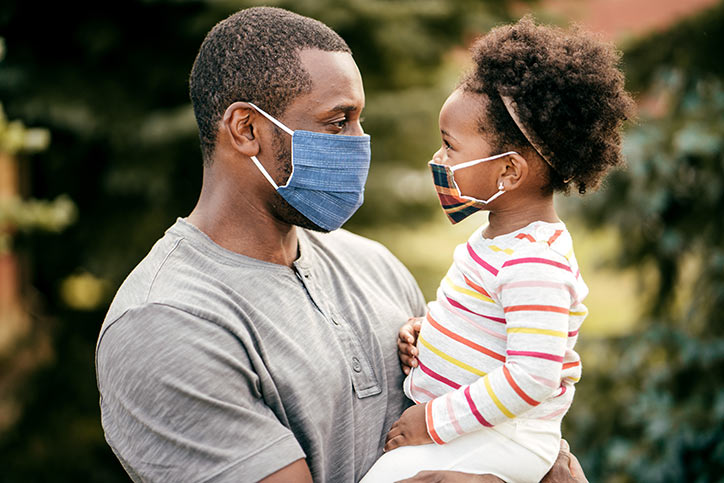Updated COVID-19 Vaccines
The CDC has approved updated vaccines, which can reduce your risk of infection against COVID-19 and variants. Learn more about CDC guidance.
Learn More
What To Know About the COVID-19 Vaccine:
- All U.S. residents age 6 months or older are now eligible for the updated Pfizer BioNTech or Moderna vaccine, each of which is designed to offer extra protection against the XBB.1.5 Omicron variant. Everyone age 12 or older is eligible for the updated Novavax vaccine.
- BlueCross will cover FDA-approved or emergency-authorized COVID-19 vaccines. Your plan will cover the vaccine at 100% if you get it from an in-network provider. If you get a vaccine from an out-of-network provider, then your out-of-network benefits will apply. If you’re enrolled in a grandfathered plan, you may have a cost share for in-network preventive services.
- The Moderna, Pfizer-BioNTech and Novavax shots are FDA-approved and currently under distribution.
- As of January 2024, the CDC recommends that everyone age 5 or older get one dose of an updated COVID-19 vaccine, even if they’ve had COVID-19 or have already gotten another COVID-19 vaccine or booster.
- Children ages 6 months to 4 years need multiple doses of COVID-19 vaccines to be up to date, including at least one dose of updated COVID-19 vaccine.
- If you are immunocompromised or age 65-plus, you may qualify for an additional vaccine dose. Read more here.
- Side effects may include fatigue, muscle pain, sore arm and, rarely, severe allergic reaction.
- The FDA and CDC consider COVID-19 vaccines safe and effective. None of the vaccines interact with our DNA or include any of the following ingredients: preservatives, antibiotics, medicines, tissues, food proteins, metals, latex.
- According to the CDC, you still need the vaccine even if you’ve had COVID-19 or have already gotten another COVID-19 vaccine or booster.
- You won’t get COVID-19 from a vaccine.
- Find a COVID-19 vaccine or booster near you at vaccines.gov.
COVID-19 Treatment:
- The FDA has authorized Pfizer’s antiviral COVID-19 treatment pill as early-stage treatment for those 12 years or older with mild to moderate illness who are at high risk for progression to severe disease. Learn more here.


